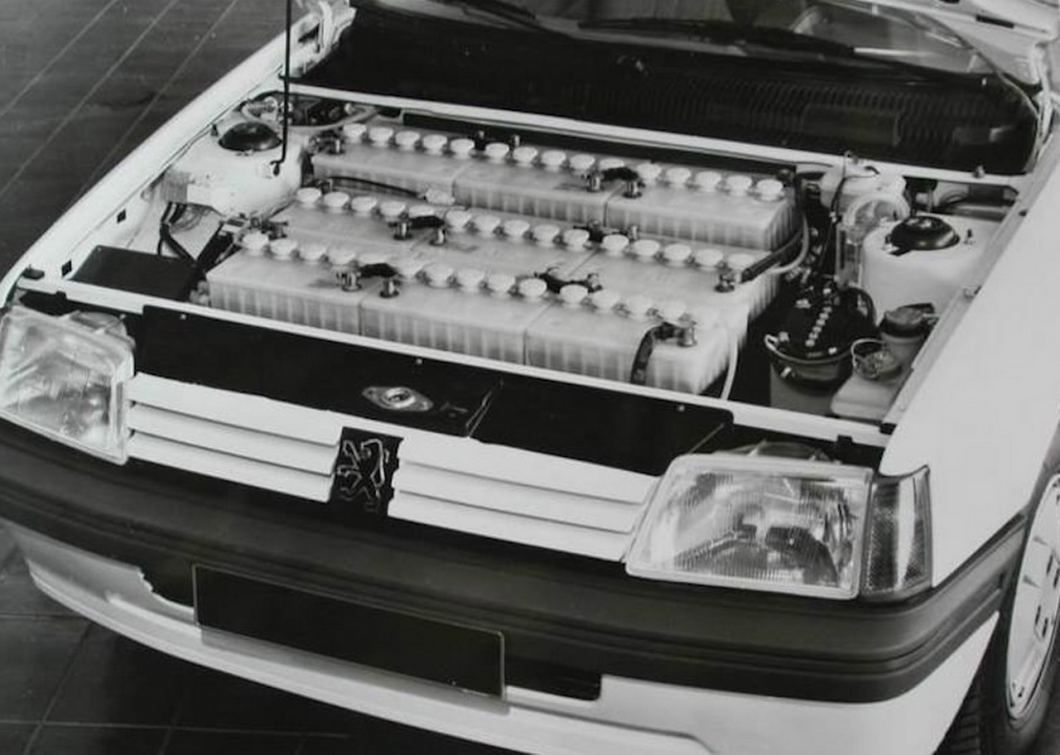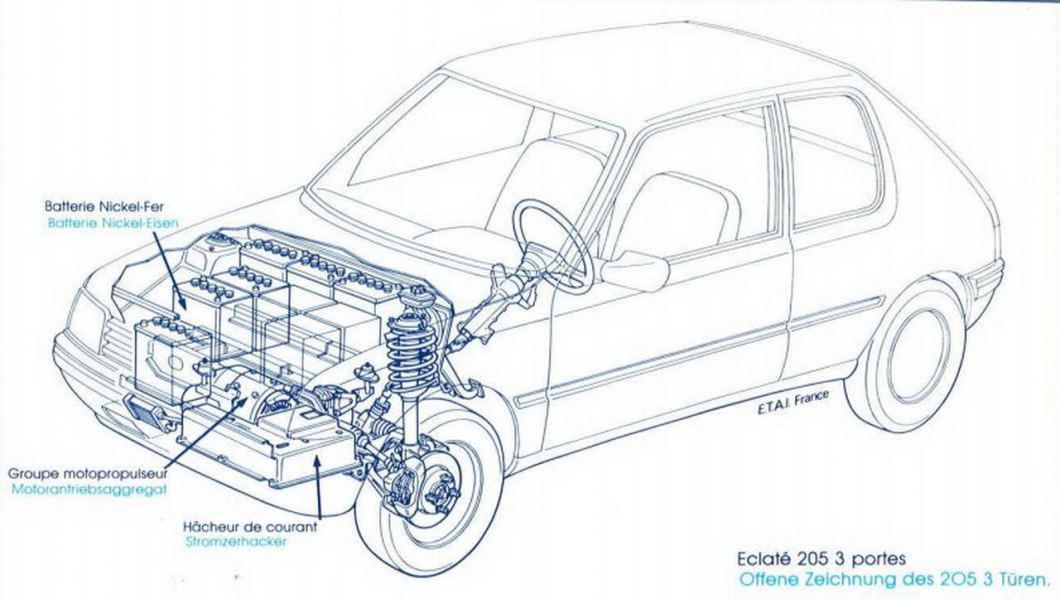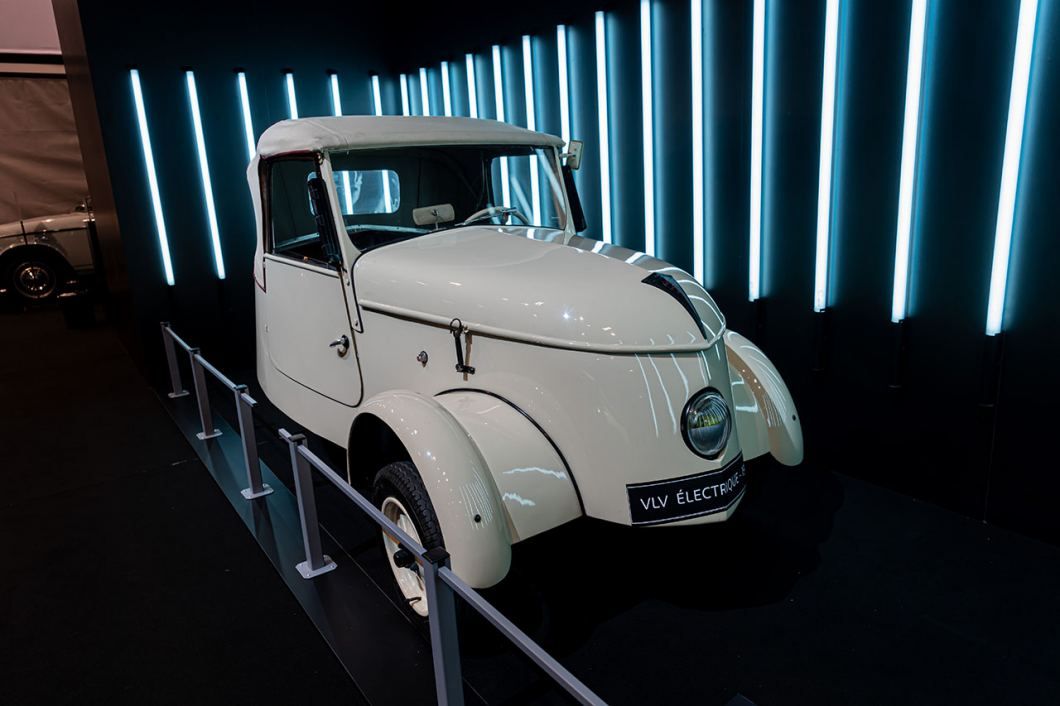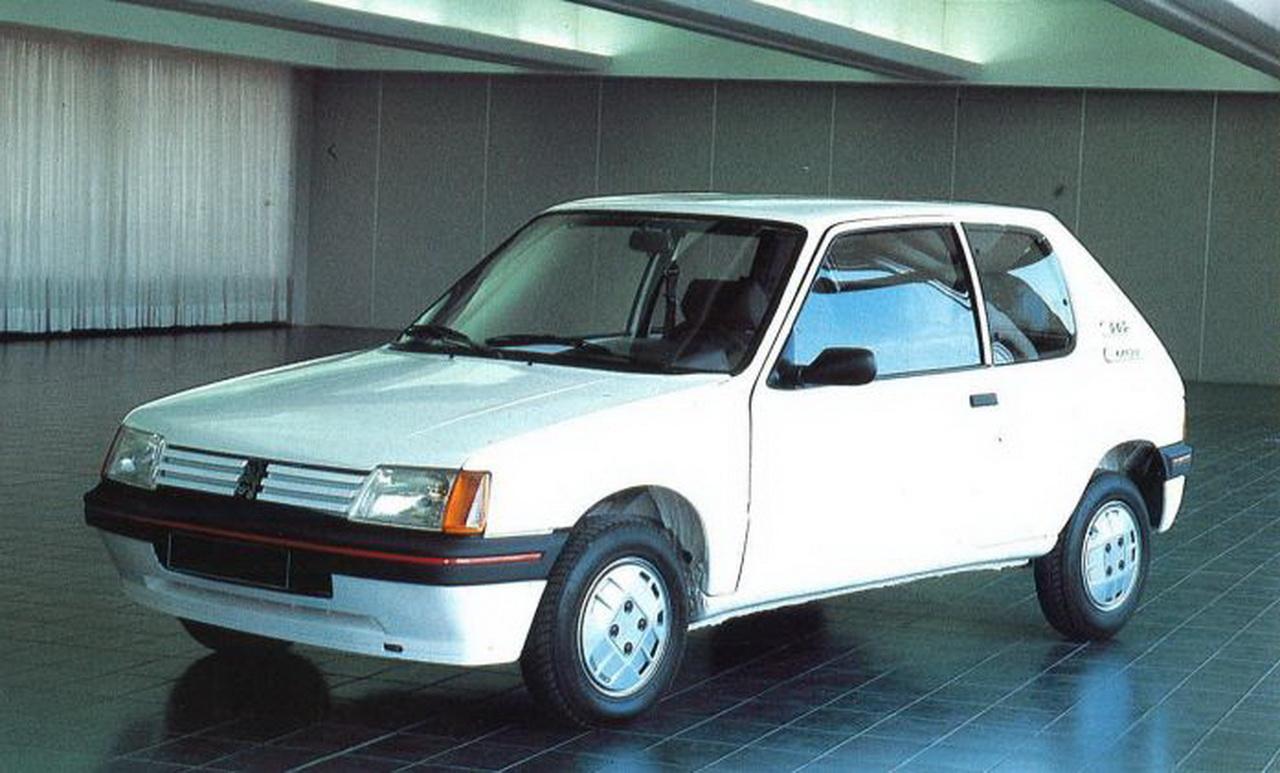The Peugeot 205 Electrique was an early electric car model produced by Peugeot in the early 1990s. Based on the popular Peugeot 205, the 205 Electrique was powered by a 8 kW electric motor and a set of sodium-nickel chloride batteries. With a range of around 80 km) on a single charge, the 205 Electrique was primarily designed for urban use, with a top speed of around 50 km/h and a 0-100 km/h acceleration time of around 14 seconds.

While the Peugeot 205 Electrique was not a commercial success, it played an important role in the development of electric cars.

It was one of the earliest mass-produced electric vehicles and demonstrated that it was possible to produce an electric car with acceptable performance and range.

However, the 205 Electrique was produced in very limited numbers, with only around 800 units produced and mostly leased to government agencies and corporate customers in France and the UK.

Despite its limited commercial success, the Peugeot 205 Electrique paved the way for later electric cars, including the Peugeot 106 Electrique, which was introduced in 1995 and became one of the first electric cars available for sale to individual customers. Today, electric cars are becoming increasingly popular, with many major automakers producing a range of electric models.

The Peugeot 205 Electrique may have been ahead of its time, but it played an important role in the evolution of electric vehicles and helped to pave the way for a greener future.

The Peugeot automobile company has a long history of producing innovative vehicles, including some of the earliest electric cars. In fact, the 1941 VLV (Véhicule Léger de Ville, or "light city vehicle") was the first production electric car produced by Peugeot.
The VLV was a small, three-wheeled vehicle that was designed primarily for use in urban environments. It was powered by a 12-volt electric motor that could propel the vehicle up to a top speed of around 22 mph (35 km/h). The motor was powered by a set of lead-acid batteries, which provided a range of around 50 miles (80 km) on a single charge.

One of the unique features of the VLV was its unconventional design. It had a single front wheel and two rear wheels, and the driver sat in the front of the vehicle with a passenger seat located behind them. The body was made of aluminum and weighed just 330 pounds (150 kg), making it very light and maneuverable.
While the VLV was produced in limited numbers during the early 1940s, it was an important milestone in the development of electric cars. It demonstrated that it was possible to produce an electric vehicle that was suitable for urban use and provided a decent range on a single charge. The VLV also set the stage for future electric cars from Peugeot, including the Peugeot 106 and 205 Electrique models produced in the 1990s.
Today, Peugeot is continuing to produce innovative electric cars, with models like the Peugeot e-208 and e-2008 offering impressive performance and range. However, it all began with the VLV, the first production electric Peugeot.
